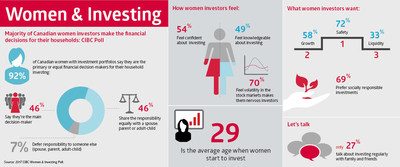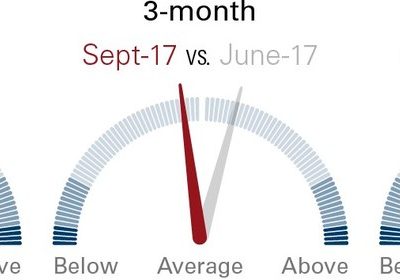
- Stats: 1661 0
- Author: Money Bloggess
- Posted: February 20, 2019
- Category: Investing
54% of Canadians claim they do not contribute to a TFSA or RRSP at all
A new study reveals that only 26 per cent of Canadians are planning on taking advantage of a Registered Retirement Savings Plan (RRSP) this year, a decrease from last year’s 33 per cent that planned to contribute.
The impending RRSP contribution deadline (March 1) is a chance for Canadians to review their finances and determine how much they can contribute to maximize their refund or minimize what they owe in income tax.
The study also shows that while they might not meet the March 1 deadline, 46 per cent of Canadians will contribute to a RRSP or a Tax-Free Savings Account (TFSA) at some point – though this is a 13% decrease from 2018.
While there are many reasons why Canadians may not be taking advantage of RRSP or TFSA contributions, including competing financial demands that make it difficult to put money aside, Canadians can still carry forward any contribution availability for either account to next tax season.
Filers should be aware that every penny contributed to a RRSP is tax deductible, while amounts contributed to TFSAs are not tax deductible and won’t affect their tax situation. To build up RRSP eligibility, Canadians must file a tax return, even if they don’t owe any taxes.
The new survey from H&R Block Canada also found that:
- Only 30% of Canadians with an income less than $50,000 per year plan to contribute to a TFSA or RRSP this year, while almost 7 out of 10 (69%) of Canadian with an income over $100,000 plan to contribute to a TFSA or RRSP.
- Slightly fewer women (44%) than men (49%) plan to contribute to a TFSA or RRSP.
- Canadians aged 18-34 are the most likely to contribute (35%) to a TFSA this year.
- Canadians aged 35-54 (38%) are the most likely to contribute to a RRSP before the deadline this year.
- The Atlantic provinces are the least likely to contribute to a TFSA or RRSP (32%), while residents of Saskatchewan are the most likely to contribute (65%).
- Canadians are more likely to contribute to a TFSA (32%) than an RRSP (26%).
Canadians are encouraged to take time to understand how they can take full advantage of credits and deductions, particularly those associated with RRSPs. For more information, visit one of H&R Block’s offices or online at www.hrblock.ca.




